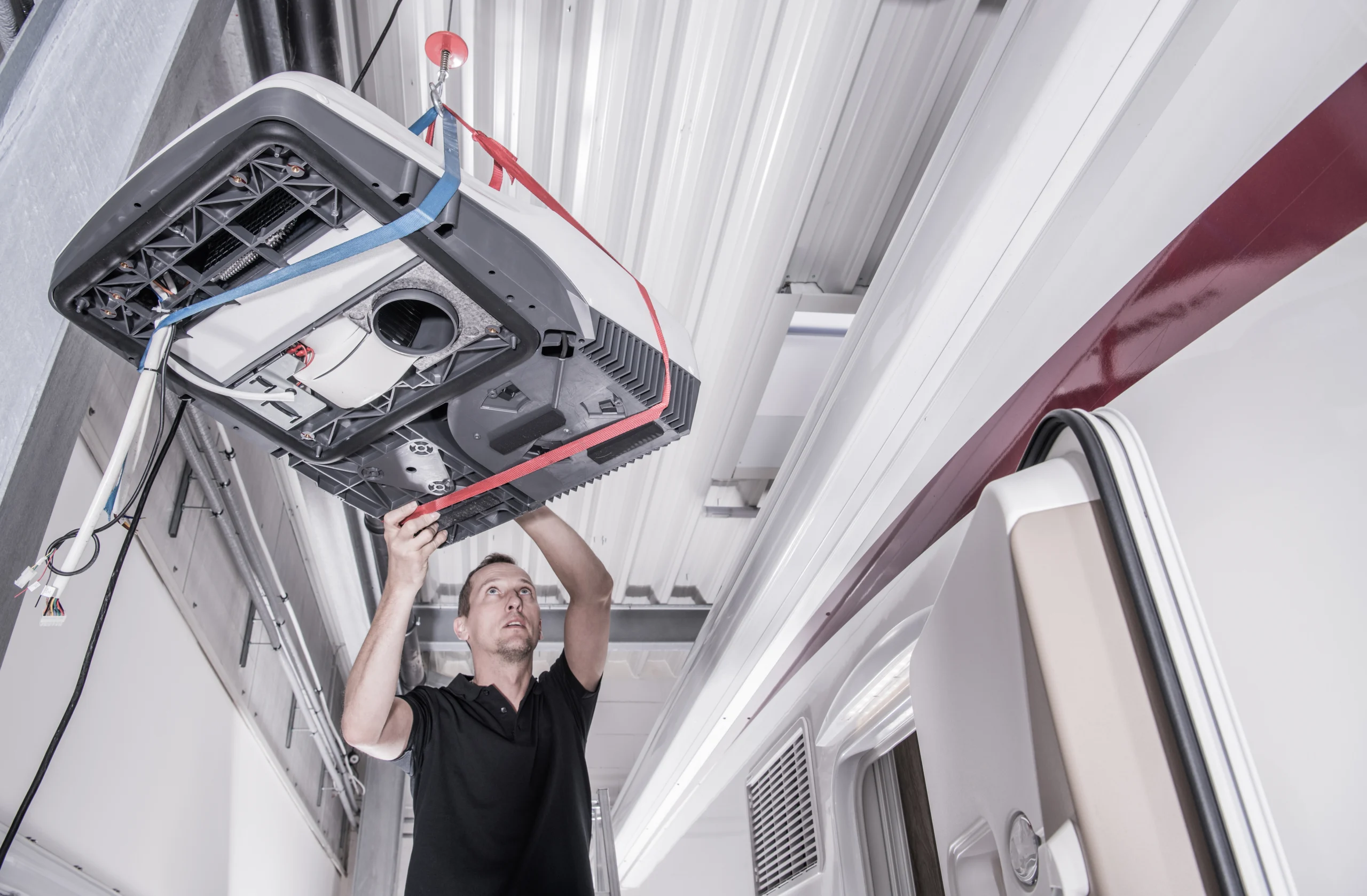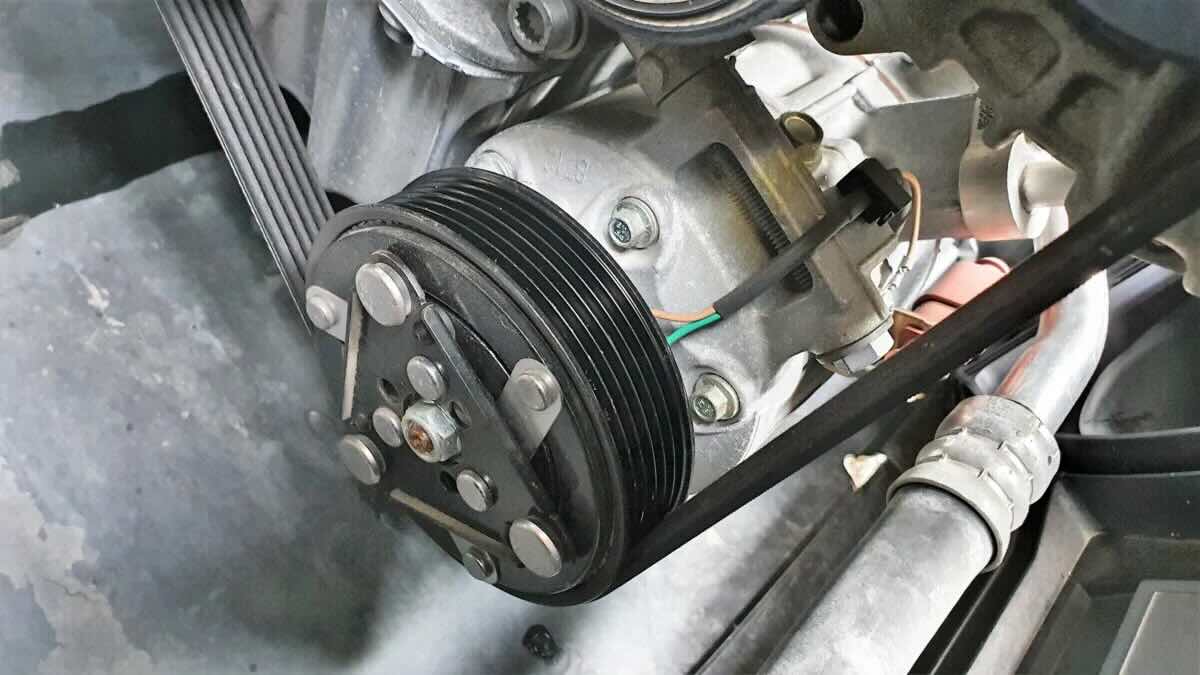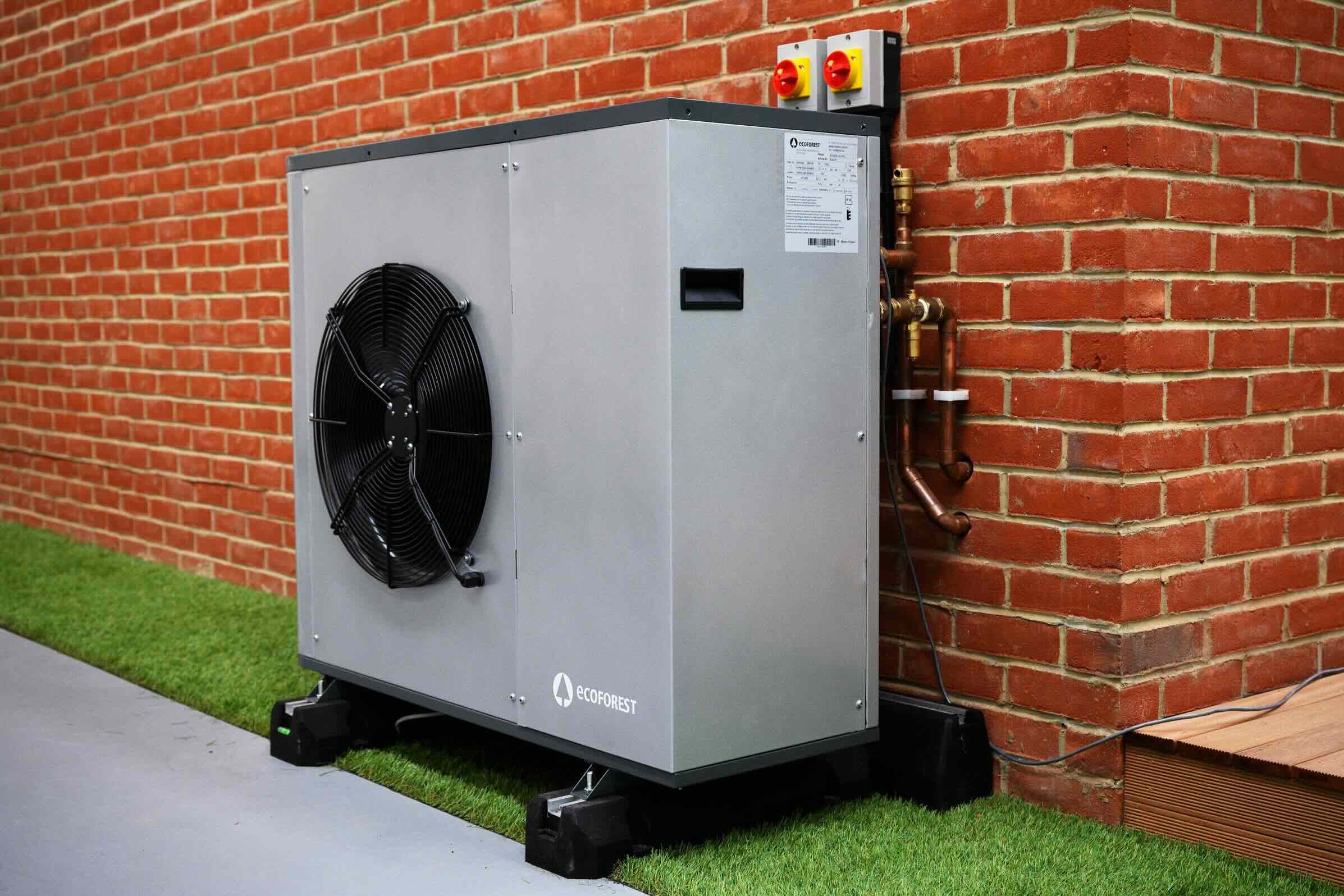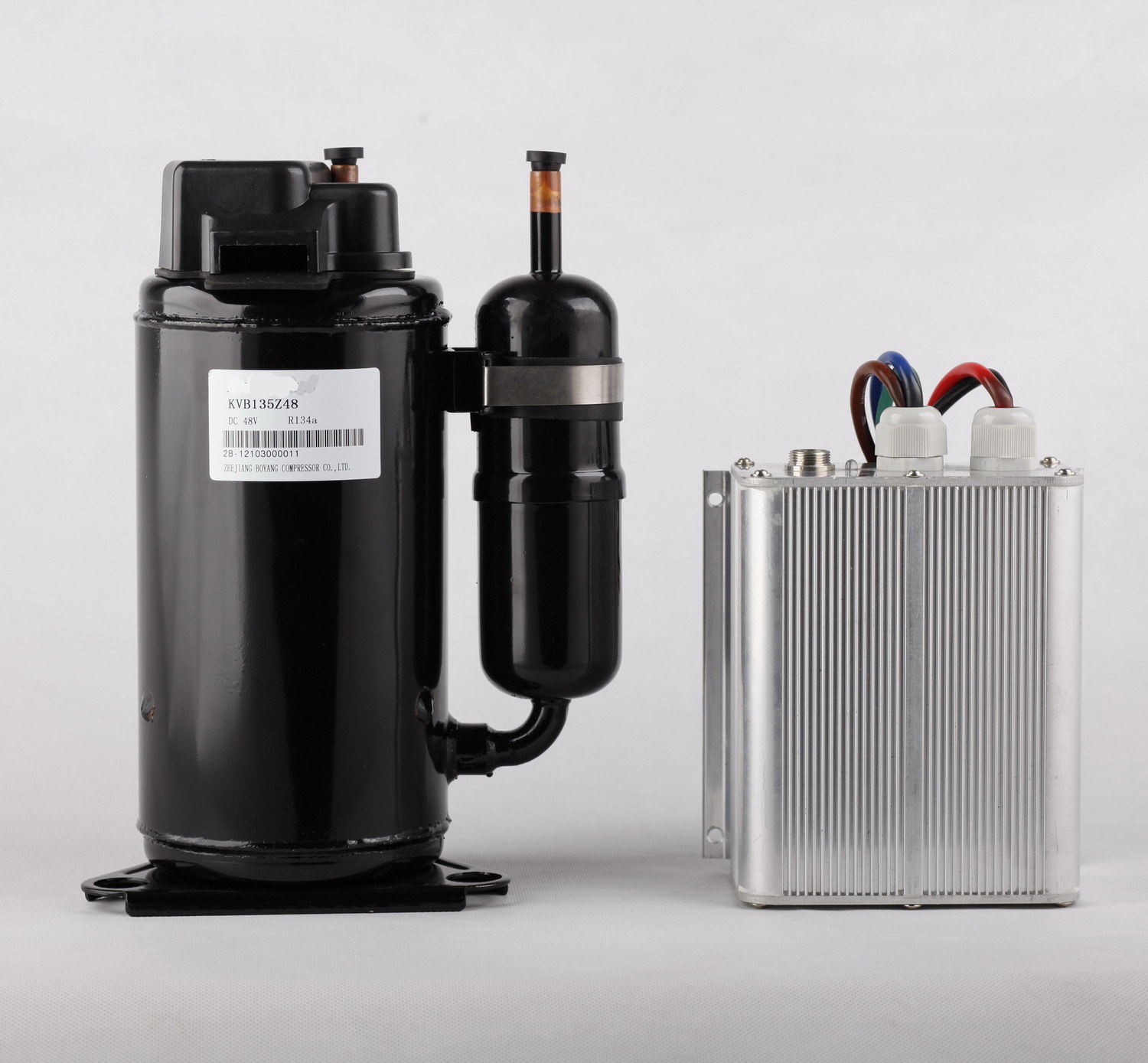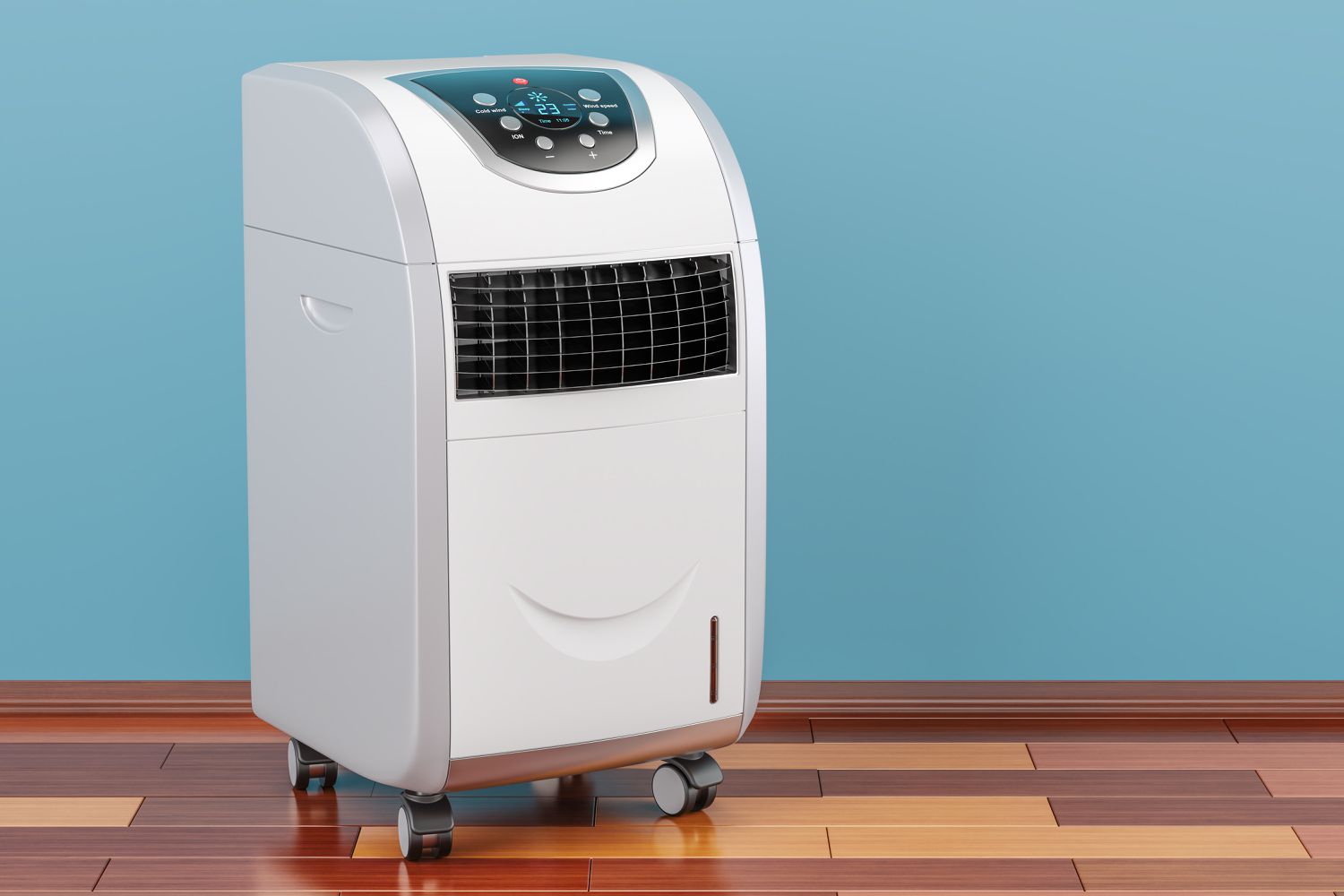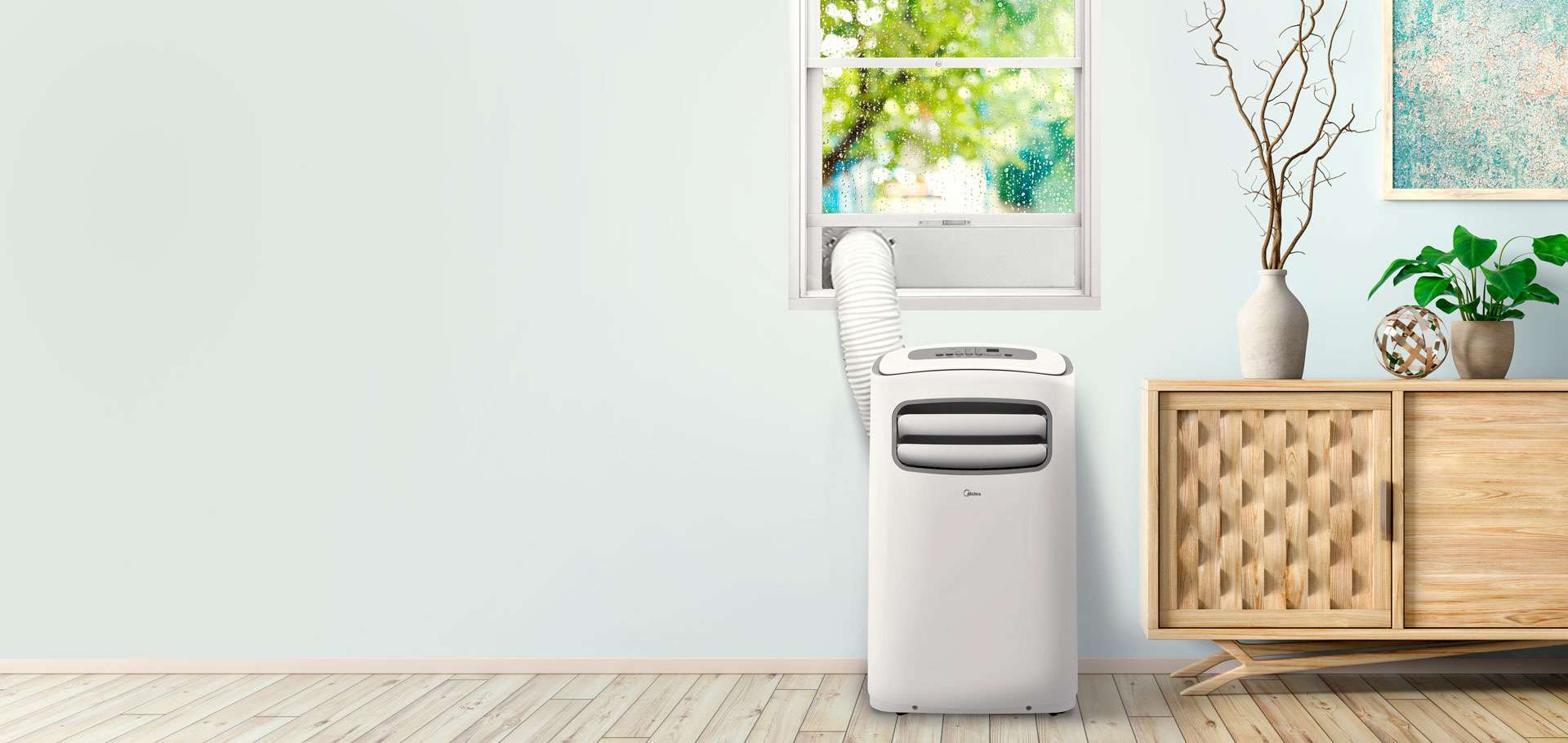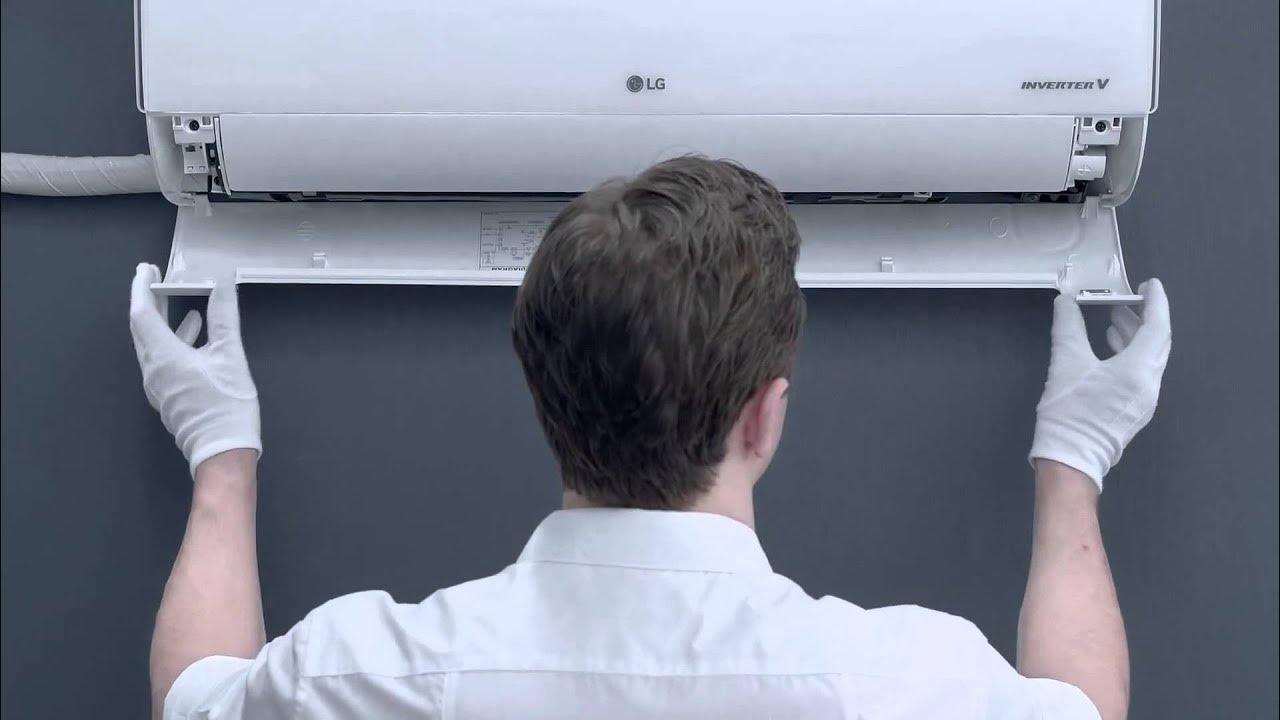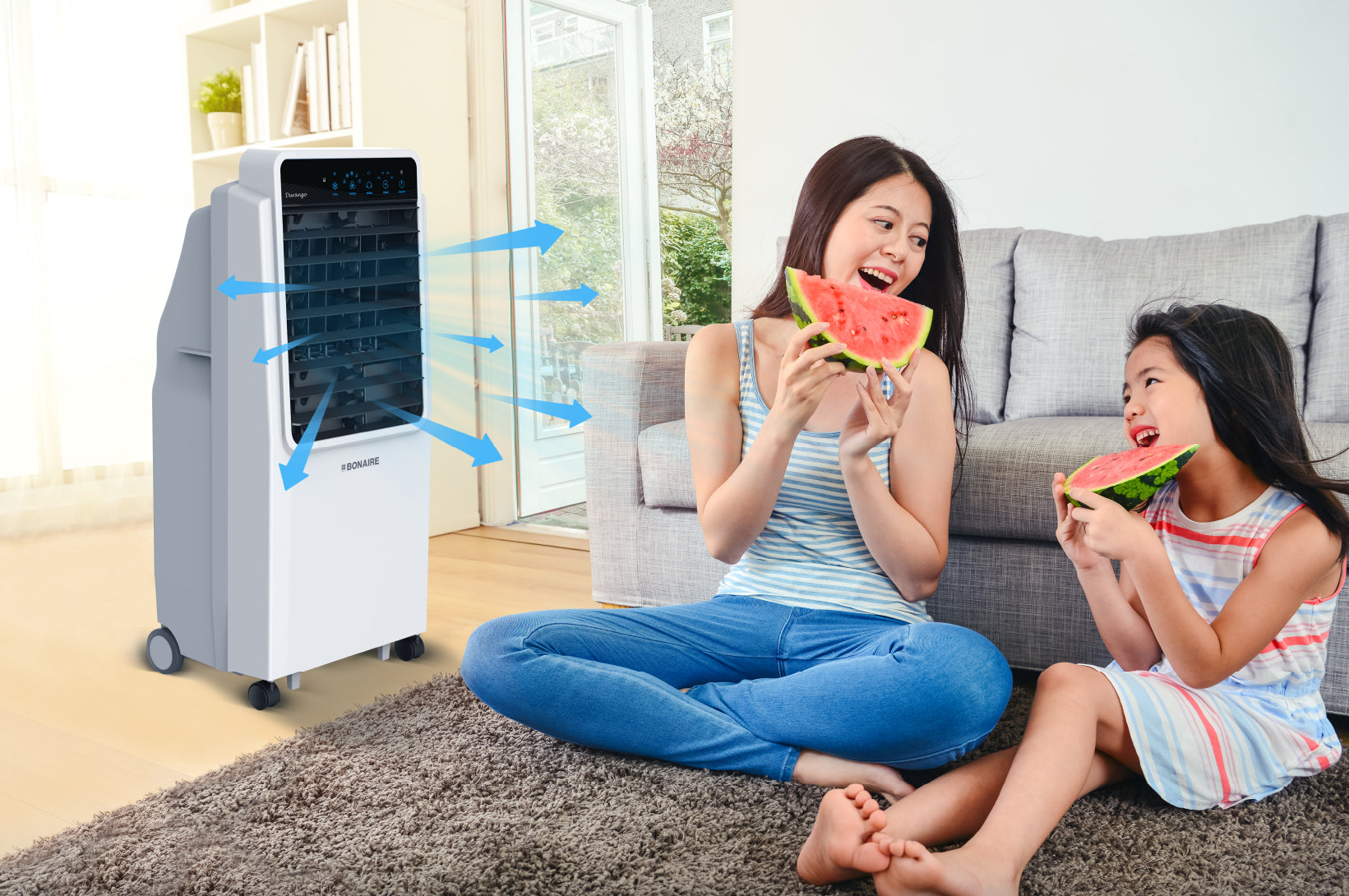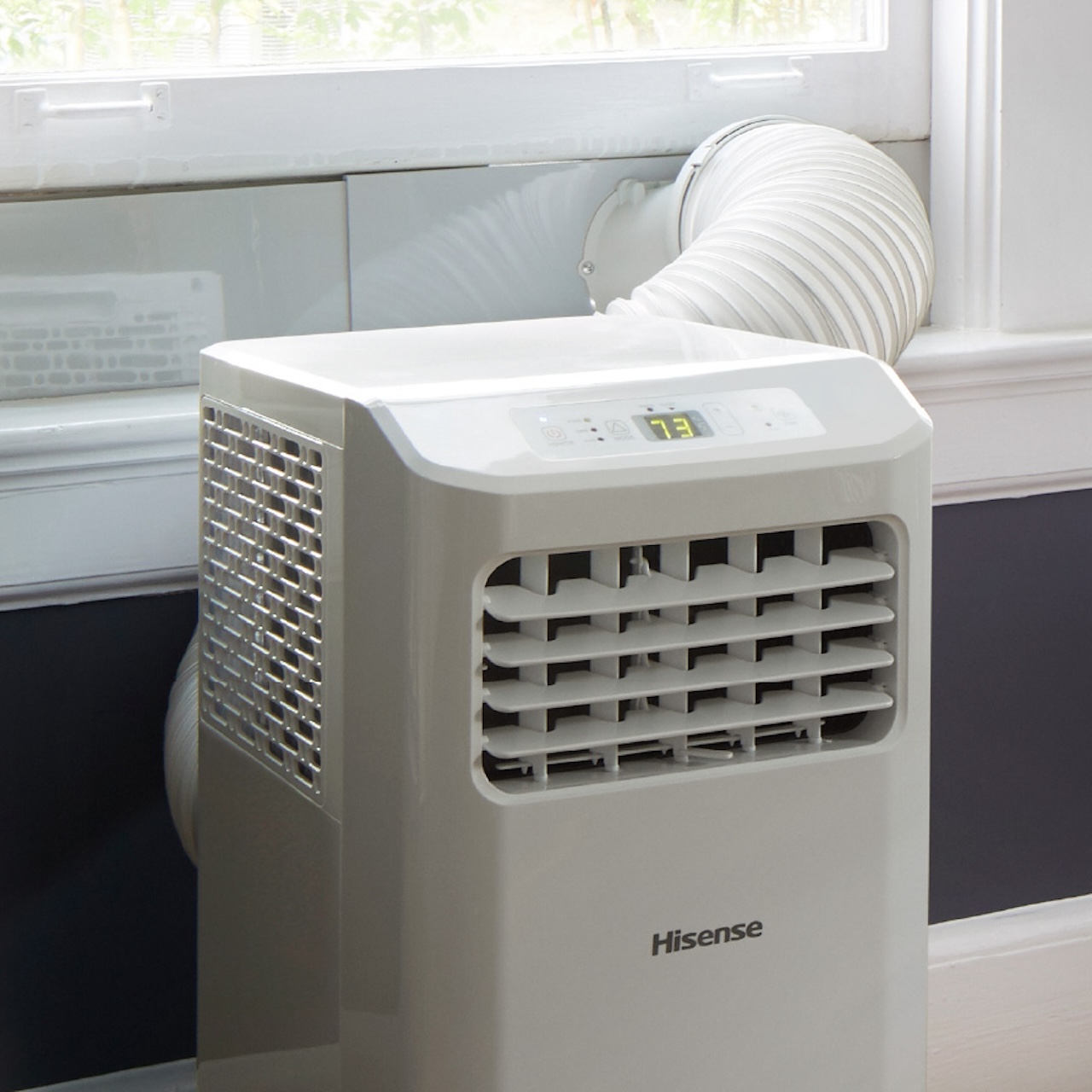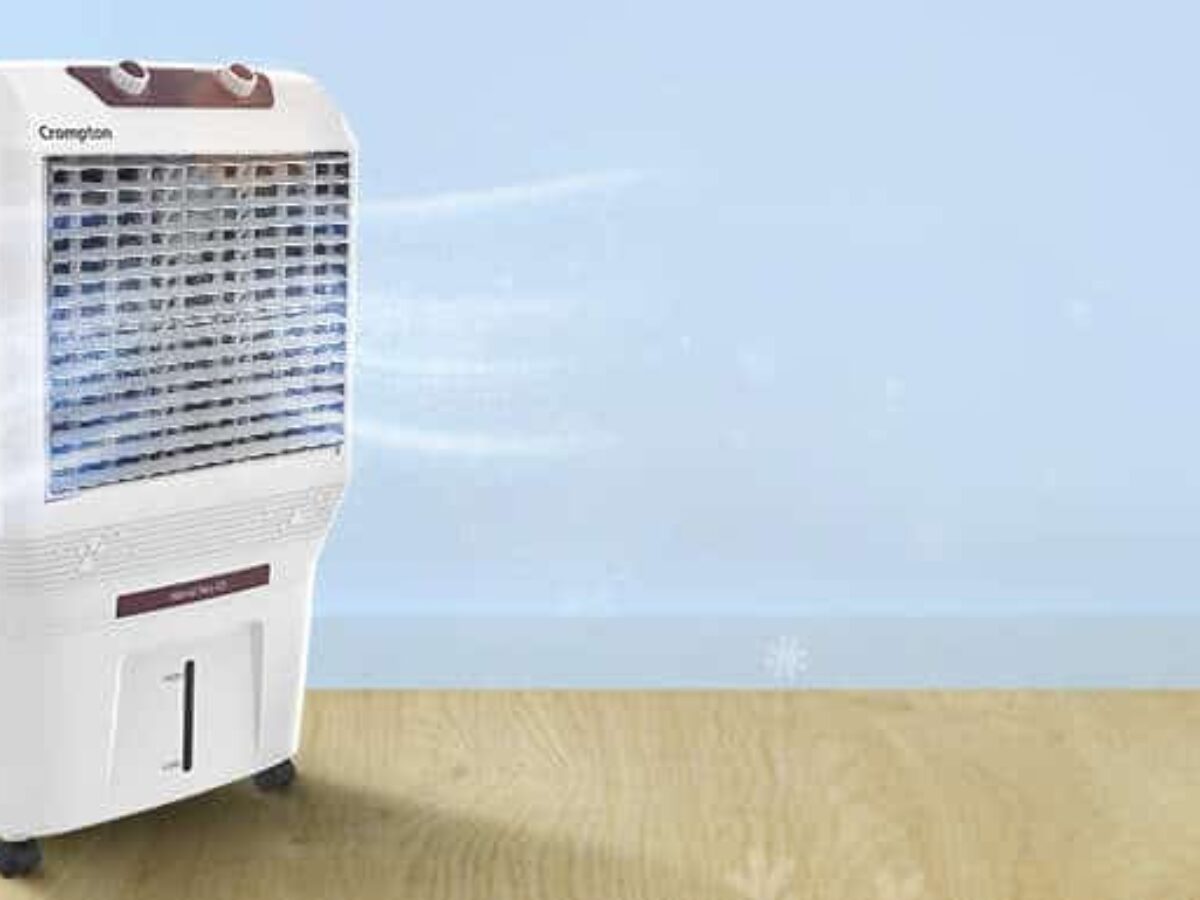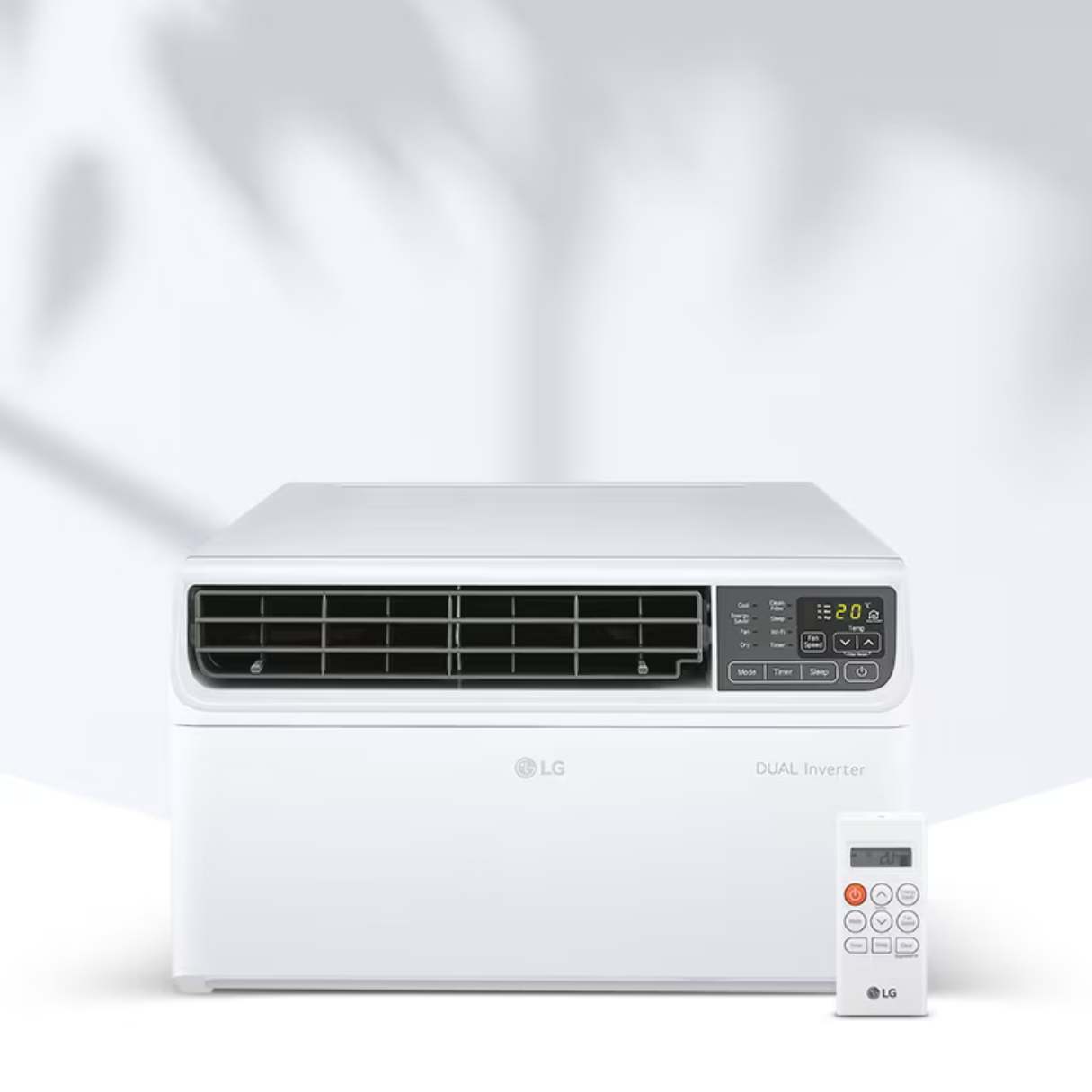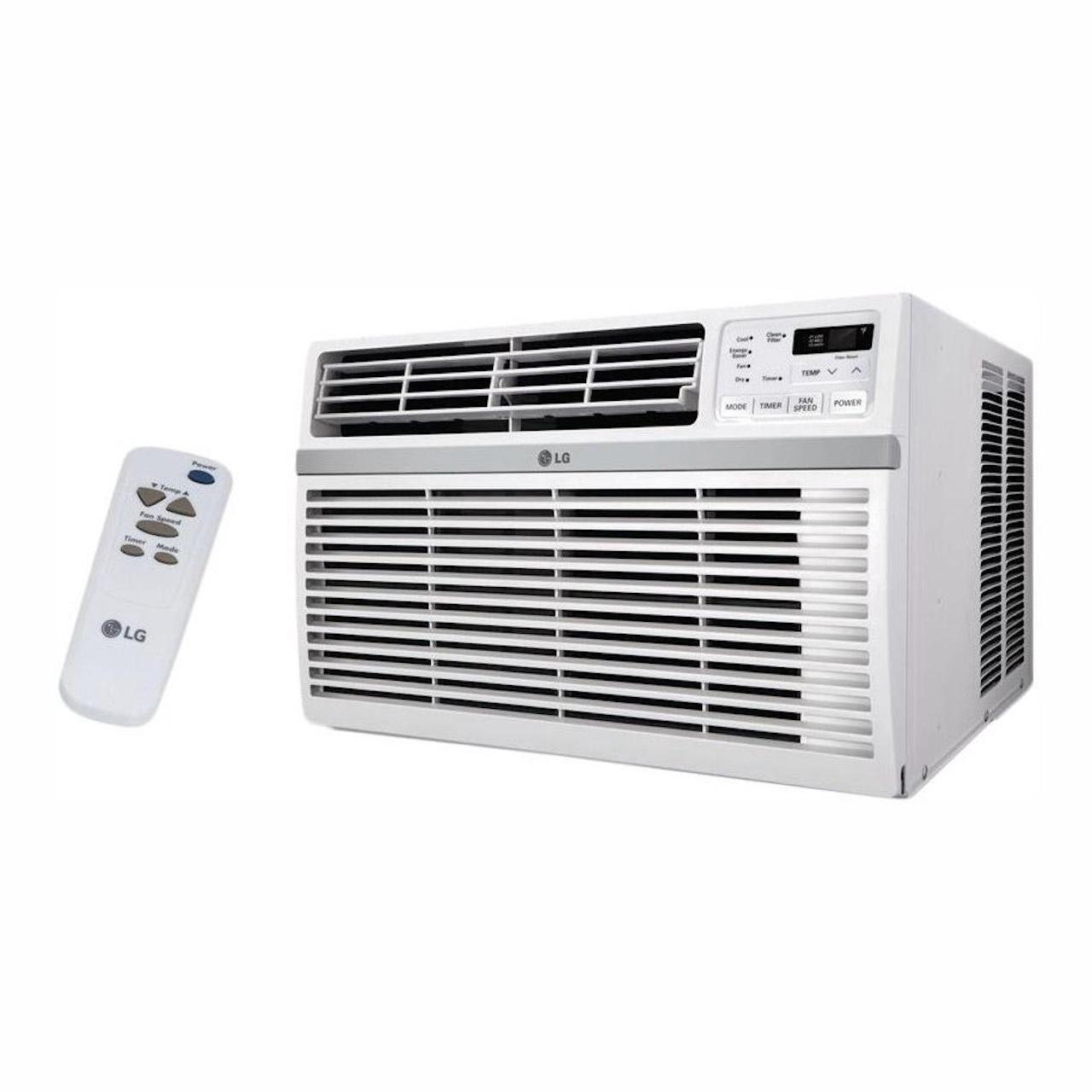Home>Home Maintenance>How A Portable Air Conditioner Works
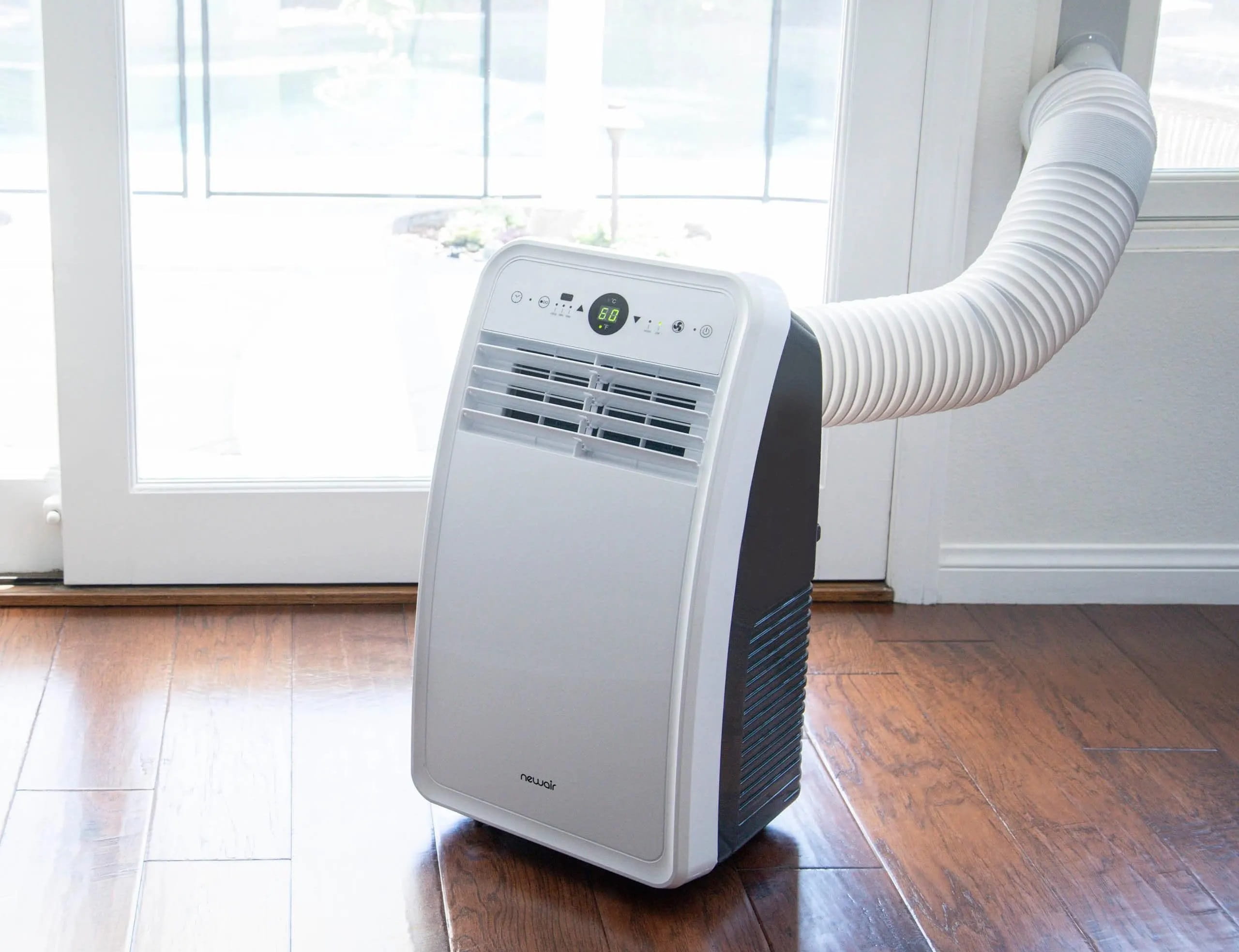

Home Maintenance
How A Portable Air Conditioner Works
Modified: September 1, 2024
Learn how a portable air conditioner works and how it can improve your home maintenance. Stay cool and comfortable all summer long with our expert tips and advice.
(Many of the links in this article redirect to a specific reviewed product. Your purchase of these products through affiliate links helps to generate commission for Storables.com, at no extra cost. Learn more)
Introduction
Welcome to the world of portable air conditioners – the ultimate solution for staying cool and comfortable during the scorching summer months. Whether you’re living in a small apartment, a rented space, or simply need a cooling solution that offers flexibility and convenience, a portable air conditioner is the perfect choice!
In this article, we will take a closer look at how a portable air conditioner works, its key components, and the refrigeration cycle that enables it to cool down your living space. We will also explore the benefits of portable air conditioners and provide some valuable maintenance tips to ensure optimal performance.
So, let’s dive in and unravel the cooling magic of portable air conditioners!
Key Takeaways:
- Portable air conditioners work by using a refrigeration cycle to cool indoor air through compression, condensation, expansion, and evaporation, providing relief from the heat and creating a comfortable environment.
- Regular maintenance, such as cleaning filters, checking for leaks, and proper storage, is essential to keep portable air conditioners running smoothly, efficiently, and providing reliable cooling for years to come.
Read more: How Does A Ductless Air Conditioner Work
Components of a Portable Air Conditioner
A portable air conditioner consists of several essential components that work together to provide efficient cooling. Understanding these components will help you grasp the inner workings of the device and appreciate its functionality.
1. Compressor: The compressor is the heart of the portable air conditioner. It plays a crucial role in the refrigeration cycle by compressing the refrigerant gas, raising its pressure, and increasing its temperature.
2. Condenser: The condenser is responsible for dissipating the heat absorbed from the indoor air. It consists of a series of coils and fins that facilitate the transfer of heat from the refrigerant gas to the surrounding environment. As the heat is released, the refrigerant condenses into a high-pressure liquid state.
3. Expansion Valve: The expansion valve is a small device located between the condenser and the evaporator. Its purpose is to regulate the flow of the high-pressure liquid refrigerant into the low-pressure side of the system. As the refrigerant passes through the expansion valve, it rapidly expands, causing a drop in pressure. This allows the refrigerant to absorb heat from the indoor air.
4. Evaporator: The evaporator is where the magic happens. This component cools the indoor air by absorbing heat from it. As the low-pressure liquid refrigerant enters the evaporator, it evaporates into a gas state while absorbing heat from the surrounding air. The cooled air is then blown back into the room.
5. Fan: The fan is responsible for circulating the air within the portable air conditioner. It draws in warm air from the room and passes it over the evaporator coils, where the heat exchange takes place. The cooled air is then expelled back into the room, providing a refreshing sensation.
These components work harmoniously to ensure effective cooling and comfort in your living space. The refrigeration cycle, which we will explore in the following section, further illustrates the process by which these elements interact to provide cool air.
Refrigeration Cycle
The refrigeration cycle is the fundamental process that allows portable air conditioners to cool down the surrounding air. It involves four key steps: compression, condensation, expansion, and evaporation. Let’s take a closer look at each of these steps.
Step 1: Compression: The process begins with the compressor. It takes in the low-pressure refrigerant gas and compresses it, increasing its pressure and temperature. The compressed gas is then sent to the condenser for the next step.
Step 2: Condensation: In the condenser, the hot and high-pressure refrigerant gas is subjected to cooling. The process involves passing the gas through a network of coils with fins, which facilitate heat transfer. As the gas is cooled, it condenses into a high-pressure liquid state. The heat extracted from the refrigerant is released into the surrounding environment.
Step 3: Expansion: The high-pressure liquid refrigerant then enters the expansion valve, where it undergoes a sudden drop in pressure. This causes the refrigerant to rapidly expand, resulting in a lower temperature. The refrigerant is now in a low-pressure liquid state and ready to enter the evaporator.
Step 4: Evaporation: The evaporator is where the cooling effect takes place. The low-pressure liquid refrigerant enters the evaporator coils and is exposed to warm indoor air. As the refrigerant evaporates into a gas state, it absorbs heat from the surrounding air. The cooled air is then blown back into the room, while the refrigerant gas returns to the compressor to start the cycle anew.
This continuous refrigeration cycle ensures that the portable air conditioner effectively cools down the indoor space, providing a comfortable environment even in the midst of sweltering heat.
How Cooling is Achieved
Portable air conditioners not only provide cool air but also work to create a comfortable and refreshing environment. Let’s explore the key mechanisms by which portable air conditioners achieve cooling.
Heat Transfer: The primary method used by portable air conditioners to cool the air is through heat transfer. As the warm indoor air is drawn into the unit, it passes over the evaporator coils. The cold refrigerant inside the coils absorbs the heat from the air, thereby decreasing its temperature. This cooled air is then blown back into the room, providing a much-needed relief from the heat.
Dehumidification: Along with cooling, portable air conditioners also help to dehumidify the air. As the warm air passes over the evaporator coils, the moisture in the air condenses on the cold coils and is collected in a drip pan or drained out through a hose. This process effectively reduces the humidity levels in the room, creating a more comfortable and pleasant environment.
Air Circulation: Another important aspect of cooling achieved by portable air conditioners is air circulation. The fan inside the unit helps to circulate the cooled air throughout the room. By continuously blowing the air, the unit ensures that the cooled air reaches all corners of the space, providing consistent cooling and maintaining a comfortable temperature.
By utilizing these methods of heat transfer, dehumidification, and air circulation, portable air conditioners create a refreshing and cool environment, allowing you to escape the heat and enjoy comfort throughout the summer season.
When using a portable air conditioner, make sure to properly vent the hot air outside through a window or a vent to ensure efficient cooling.
Benefits of Portable Air Conditioners
Portable air conditioners offer numerous advantages that make them a popular choice for cooling homes, offices, or any space in need of a refreshing escape from the heat. Let’s explore some of the key benefits of these versatile and convenient cooling devices.
Easy Installation: One of the standout advantages of portable air conditioners is their ease of installation. Unlike traditional air conditioning systems that require complex installation processes, portable units can be set up quickly and easily. They typically come with a window kit that allows for hassle-free installation, requiring no permanent modifications to your living space. This makes them ideal for renters or those who prefer a temporary cooling solution.
Versatility: Portable air conditioners offer remarkable versatility, allowing you to move them from room to room as needed. Whether you want to cool your bedroom at night or cool down your living room during the day, these units provide the flexibility to bring cool air wherever you need it most. Their compact size and mobility make them a convenient option for any space, from apartments to offices to dorm rooms.
Energy Efficiency: Another key benefit of portable air conditioners is their energy efficiency. These units are designed to cool specific areas rather than the entire home, which helps to minimize energy consumption. By focusing on cooling the spaces you use most frequently, portable air conditioners can provide cost savings on your energy bills compared to central air conditioning systems. Additionally, many models come with energy-saving features such as programmable timers and sleep modes to further optimize energy efficiency.
With their easy installation, versatility, and energy efficiency, portable air conditioners offer a convenient and cost-effective cooling solution for a wide range of spaces. Whether you’re looking to cool a small area or need a portable option for temporary use, these units provide a practical and efficient way to beat the heat.
Read more: Why Is My Air Conditioner Fan Not Working
Maintenance Tips for Portable Air Conditioners
To ensure the optimal performance and longevity of your portable air conditioner, regular maintenance is essential. Here are some important maintenance tips to keep in mind:
Cleaning the Filters: One of the most important maintenance tasks for a portable air conditioner is cleaning or replacing the filters regularly. Over time, dust, dirt, and debris accumulate on the filters, reducing the unit’s efficiency and air quality. It is recommended to clean the filters every two weeks during periods of heavy use. Simply remove the filters, rinse them with warm soapy water, and allow them to dry completely before reinstalling.
Checking for Leaks: Periodically, inspect your portable air conditioner for any signs of refrigerant leaks. Check for unusual sounds, ice buildup, or a decrease in cooling performance, as these may indicate a leak. If you suspect a leak, it is important to contact a professional technician to diagnose and repair the issue.
Proper Storage: When the cooling season is over, it is important to properly store your portable air conditioner. Start by cleaning the unit, including the filters and the condenser coils. Make sure the unit is completely dry before storing it in a cool, dry location. Avoid stacking heavy objects on top of the unit and cover it with a protective cover, if available, to prevent dust and dirt from entering. When the next cooling season arrives, you can unplug it and bring it out of storage in good condition.
By following these maintenance tips, you can keep your portable air conditioner running smoothly and efficiently, ensuring optimal performance and a longer lifespan. Regular maintenance will also contribute to cleaner air, improved cooling performance, and cost savings in the long run. Keep your portable air conditioner in top shape, and it will continue to provide you with reliable and refreshing cooling for years to come.
Conclusion
Portable air conditioners are an indispensable asset when it comes to beating the heat and creating a comfortable living environment. With their easy installation, versatile mobility, and energy efficiency, these cooling devices provide a convenient solution for cooling a variety of spaces.
Understanding the components and the refrigeration cycle of portable air conditioners gives us insight into the inner workings of these units. Through the process of compression, condensation, expansion, and evaporation, portable air conditioners effectively cool down the indoor air, providing relief from the sweltering heat.
In addition to cooling, these units also contribute to dehumidifying the air and promoting air circulation, further enhancing our comfort levels. By transferring heat, removing humidity, and circulating cooled air, portable air conditioners create a refreshing environment that allows us to escape the heat and enjoy indoor comfort.
There are additional benefits to utilizing portable air conditioners. Their effortless installation, versatility, and ability to cool specific areas make them the perfect choice for renters, small spaces, and temporary cooling needs. Moreover, their energy efficiency saves on energy consumption and ultimately reduces costs on utility bills.
To ensure the longevity and efficiency of your portable air conditioner, regular maintenance is key. Cleaning or replacing filters, checking for leaks, and proper storage are essential steps to keeping your unit in optimal condition.
In conclusion, portable air conditioners offer a practical and efficient way to stay cool and comfortable during hot summer months. Their ease of use, versatility, and cooling capabilities make them an excellent choice for anyone in need of a flexible and convenient cooling solution. With proper maintenance, your portable air conditioner will continue to provide refreshing cool air for years to come, enhancing your overall comfort and well-being.
Frequently Asked Questions about How A Portable Air Conditioner Works
Was this page helpful?
At Storables.com, we guarantee accurate and reliable information. Our content, validated by Expert Board Contributors, is crafted following stringent Editorial Policies. We're committed to providing you with well-researched, expert-backed insights for all your informational needs.
